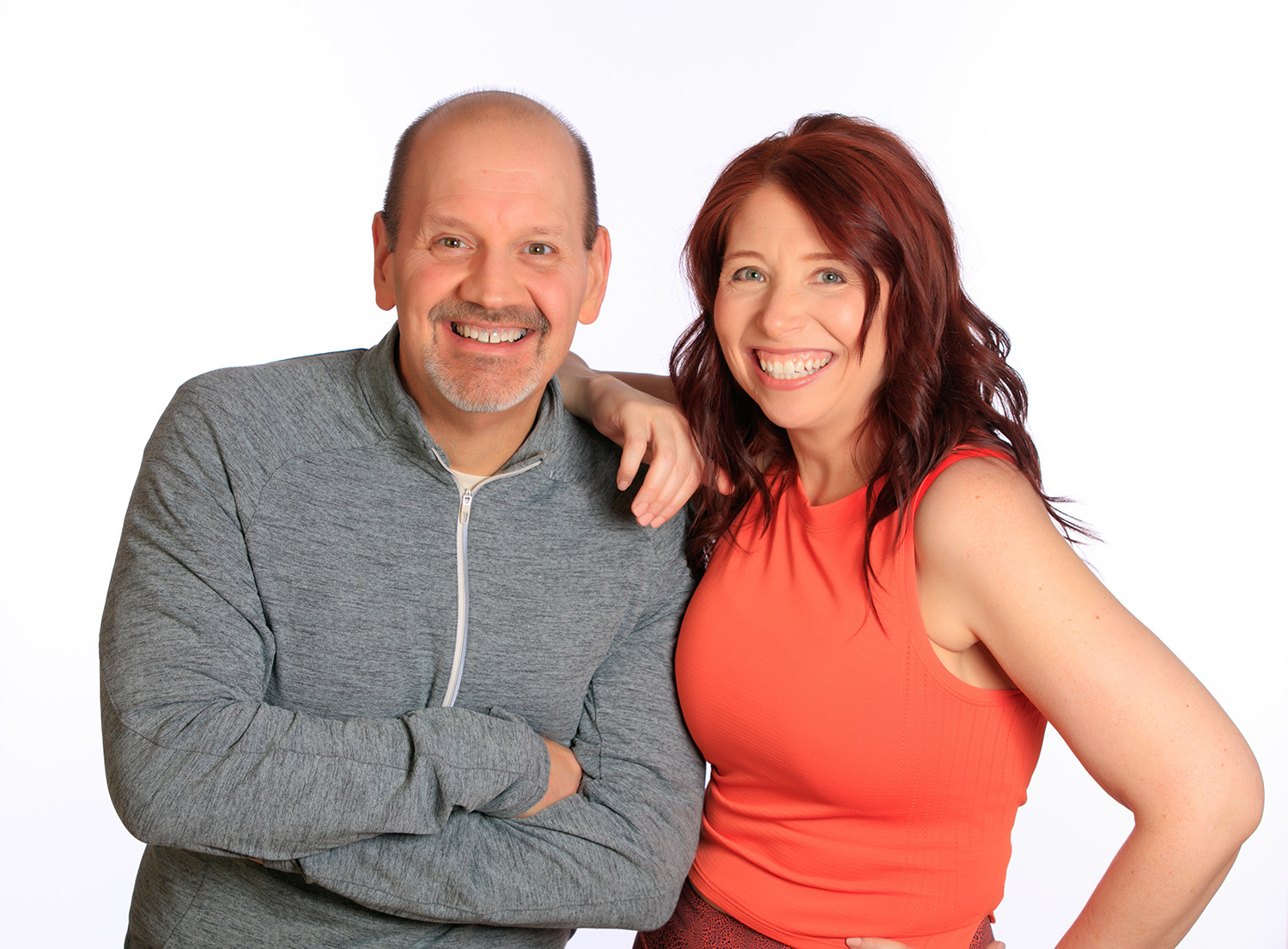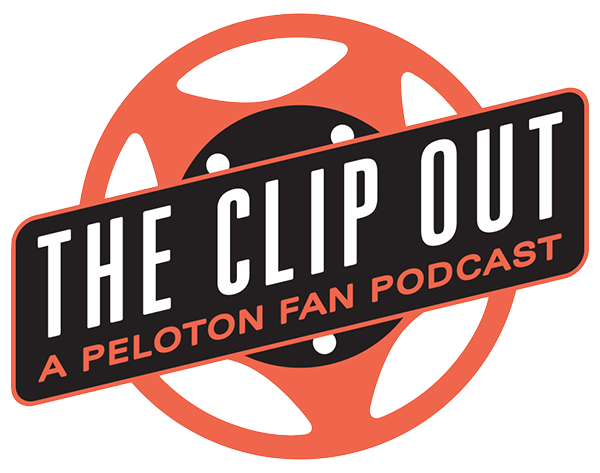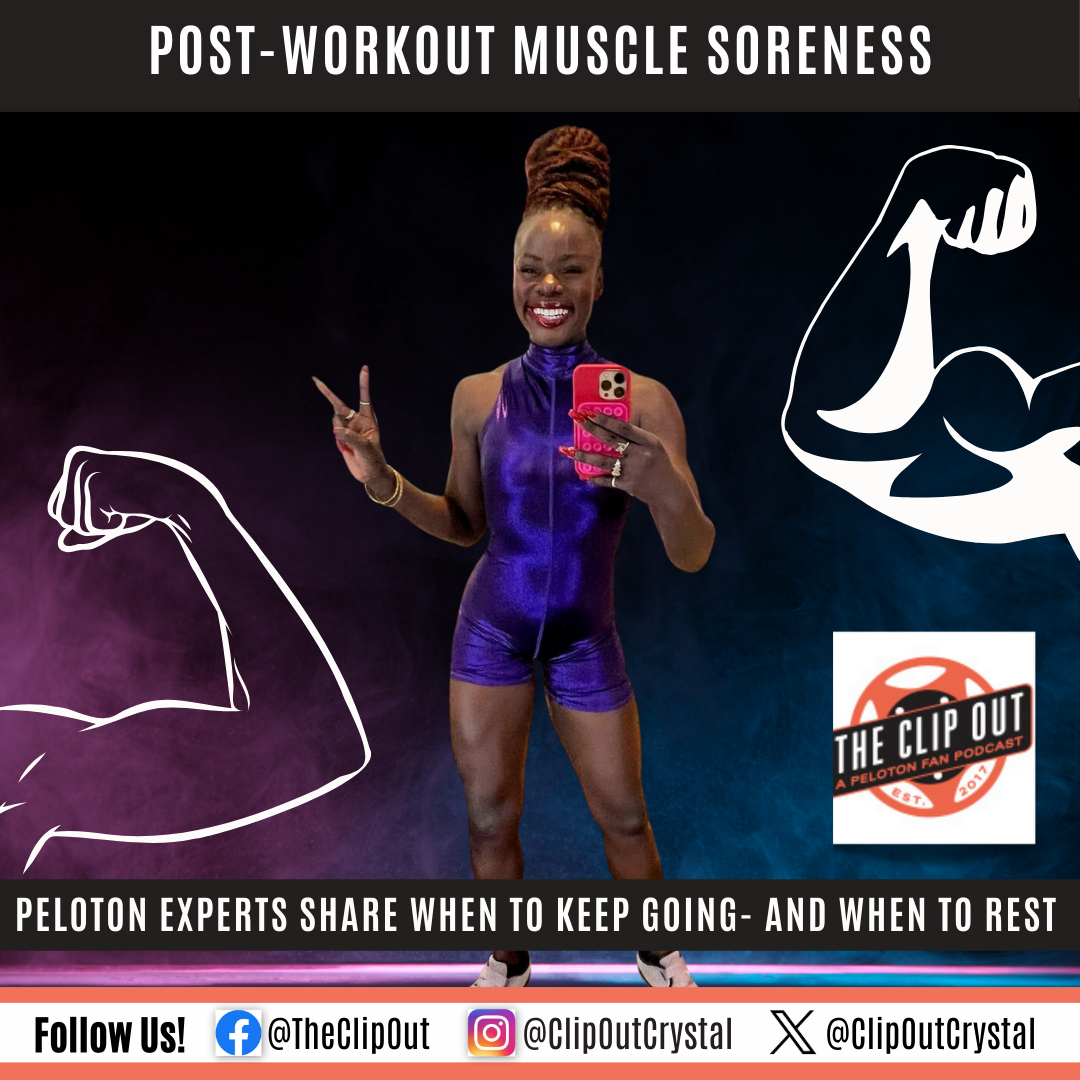Is Exercising on Sore Muscles a Good Idea? Peloton Experts Unlock the Truth.
The Sore Muscle Challenge
There’s nothing quite like the sense of accomplishment that follows a challenging workout. However, the lingering question of whether to exercise with sore muscles can cast a shadow on that triumph. Peloton recently dropped some blog content delving into the dilemma, exploring the nuances of working out when muscle soreness strikes.
The Science Behind the Pain
What’s the science behind muscle soreness? Micro-tears, mild inflammation, and sensitized nerve endings contribute to the familiar ache post-exercise, which often lasts two to three days. Soreness is a normal response, signaling the muscles’ adaptation to intense physical activity. However, not every single workout should leave you sore, and if you’re not, it’s not a sign you didn’t work hard enough- you may just have trained properly and created capacity to handle the workout.
Delayed-onset muscle soreness (called DOMS) is a subtype of muscle soreness most of the Peloton community knows well- while it may begin within a day of your workout, it can linger for days. Soreness of this variety is most likely to occur when you’ve switched up your workout- tried something new, run farther, lifted heavier. DOMS should be treated the same as any other muscle soreness.
Red Light, Green Light
The critical question: Should you hit the gym with sore muscles? Peloton’s expert Jared Vagy offers a straightforward rule to determine whether to give yourself the green light: do your warm-up. If you’re feeling refreshed and ready to go once your muscles are warm, it’s okay to follow that instinct. But if things are still feeling tired or out of sorts, it’s best to dial back on your workout, or consider working a different muscle group or modality that feels better. Always listen to your body.
Also, don’t forget to consider active recovery workouts! Despite the paradoxical name, active recovery is a legitimate and beneficial practic. Dr. Vagy and Tunde both agree- walking, mobility work, stretching, low-impact bike rides, and yoga are great ways to encourage circulation and remove waste products from soft tissues, stimulating muscles to heal.
When to stop altogether? Dr. Vagy also tells us to be sure and pay attention- soreness is different from injury-related pain. If you’re seeing bruising or swelling, or feeling acute pain, you have a warning sign- and if that pain is severe, or lingers, it’s time to see a doctor or physical therapist.
Best Practices
Peloton gave us four main tips to handle our sore muscles:
- Active Recovery workouts. Already covered, and don’t forget to search “recovery” in the Peloton library!
- Foam Rolling or Massage. Much like active recovery, these will stimulate your sore muscles without impact, helping circulation.
- Stretching. Whether static or dynamic, lots of options are available, and while the studies are inconclusive about how it helps muscle recovery, it helps most people feel better- and reduces risk of injury.
- Rest. Your bike will be there when you’re done!
Tune in to The Clip Out every Friday to hear Tom and Crystal’s take on this and other hot Pelotopics. We’re available on Apple Podcasts, Spotify, Google Podcasts, iHeart, TuneIn. Be sure and follow us so you never miss an episode. You can also find the show online on Facebook.com/TheClipOut. While you’re there, like the page and join the group. Lastly, find us on our YouTube channel, YouTube.com/TheClipOut, where you can watch all of our shows.
See something in the Peloton Universe that you think we should know? Visit theclipout.com and click on Submit a Tip!
Latest Podcast

Subscribe
Keep up with all the Peloton news!








